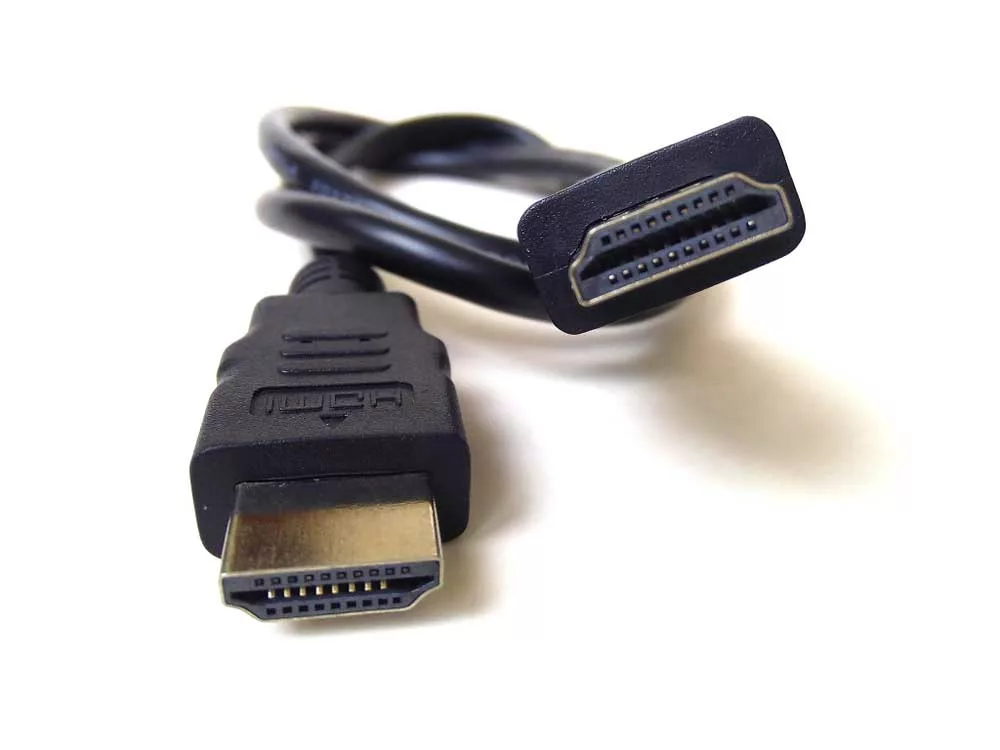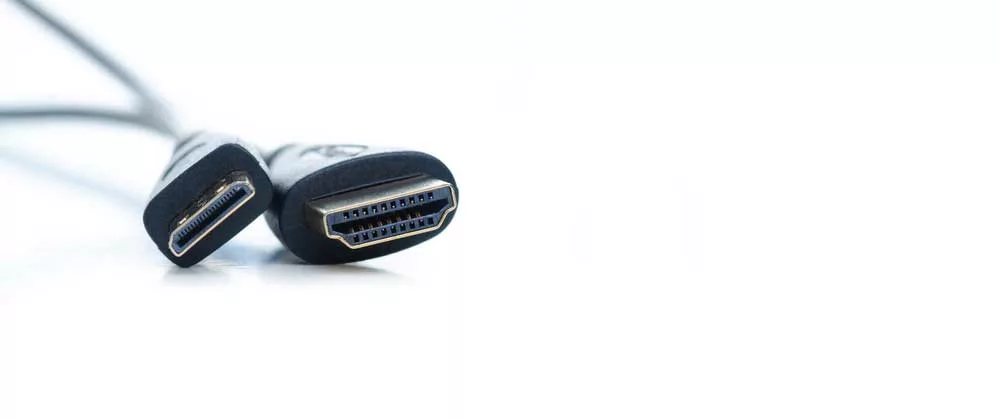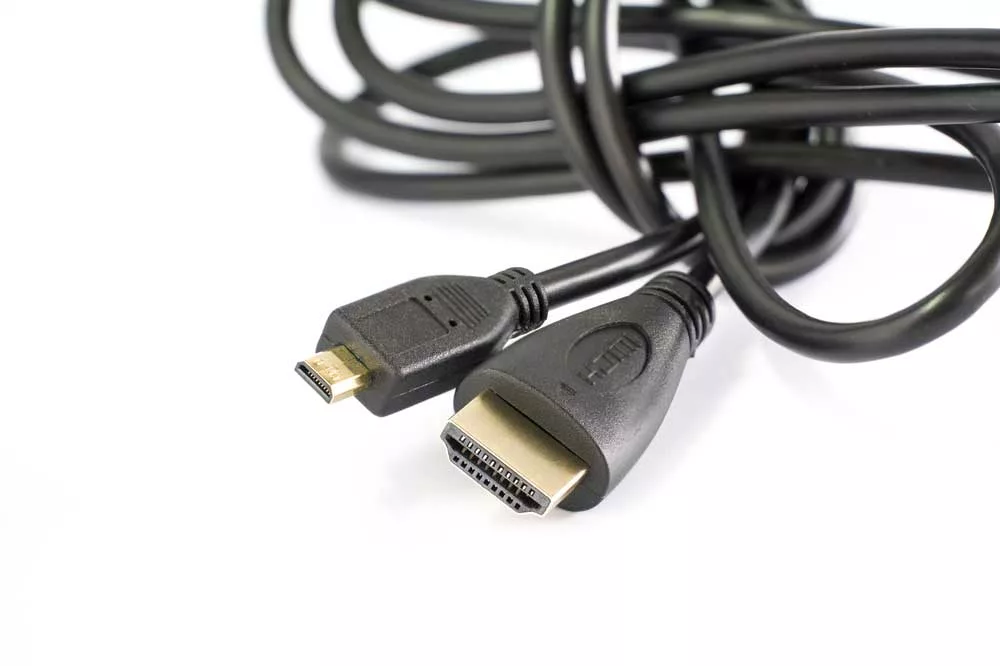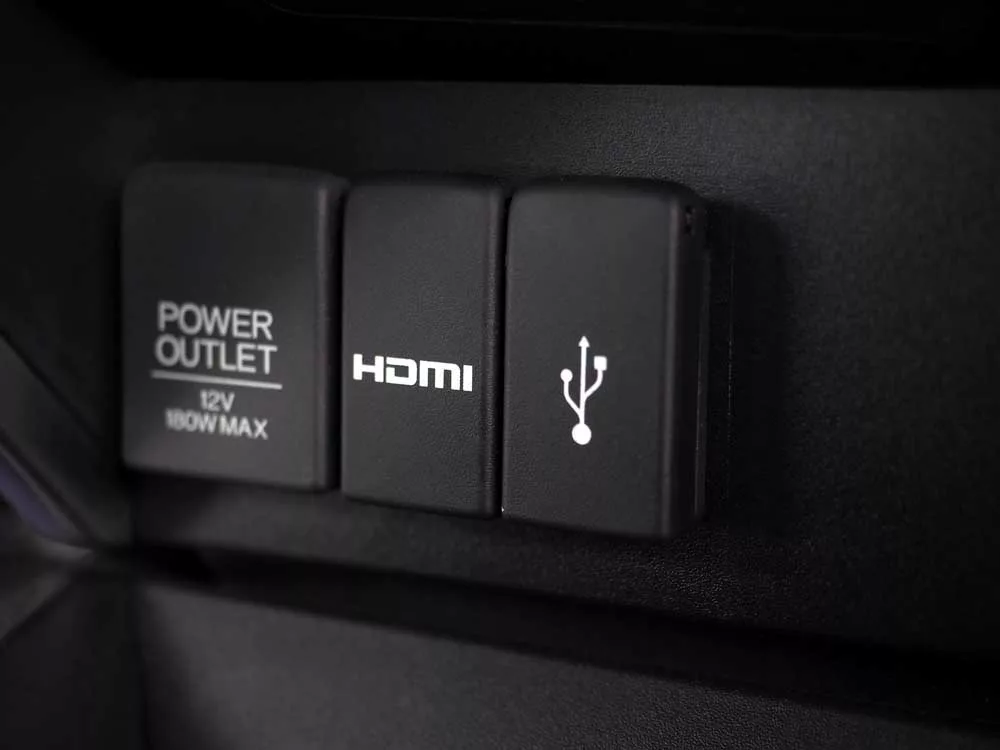About D-type HDMI cable, Different types of HDMI cables are available in the market, and what makes one cable different from another is its connector. At present, there are five standards of HDMI cable connectors.
- Type A or Standard
- Type B (dual-link connector not used in mainstream products)
- Type C (Mini connector)
- Type D (Micro connector)
- Type E (Automotive connector, primarily used in vehicles)
All these connectors come in different sizes, so you can identify them quickly.
And among all these different connectors, Type A, Type C and Type D, these 19-pin connectors are mainly used for sending audio/video signals.
In the following blog post, let’s get into the details of the D Type HDMI cable and how they differ from other types.
Table of Contents
- 19-pin HDMI connectors:
- How do these 19-pin HDMI cables work?
- What about Type B HDMI cable?
- Conclusion:
19-pin HDMI connectors:
As said above, some HDMI connectors have 19 pins; Type A, C, D and E.
Type A or full-size HDMI connectors:
It is the most common connector available in the market. It consists of a 14*4.55 mm rectangle footprint having clipped corners at the bottom. The entire industry mainly depends on this 19-pin connector.
However, to make the best out of this connector, you must use an HDMI 2.0 cable.

A Type A /standard HDMI cable
Type C or Mini HDMI connectors:
Compared to Type-A, it has a much smaller footprint with only a 10.2*2.42 mm rectangle.
But with 19 pins, its capabilities are similar to the Type-A connector, only with a smaller form factor.
As a result, it takes only 60% of the area covered by the Type-A connector.
Due to its small size, you can use it for small devices which do not have space for full-size HDMI connectors, such as camcorders and DSLR cameras.
HDMI cables, with these mini connectors at one end, have Type-A connectors at the other, allowing their connection to bigger screens.
Apart from the cameras and camcorders, you can find Mini HDMI in a few tablets too, but the mainstream tablets use a dongle that converts mini to Type-A connector ports.

A mini HDMI-to-Standard HDMI cable
Type D or Micro HDMI Connector:
It is one of the most miniature connectors with a cross-sectional area of just 6.4*2.8 mm, making it 72% smaller than Type-A.
It can squeeze all its 19 pins in this small form factor, maintaining all the capabilities in this tiny package.
In early 2010, a few smartphones, including Motorola Droid X, had this micro-HDMI port as their primary input/output suite.
However, nowadays, USB-type C ports have become ubiquitous. Further, the availability of wireless streaming options like Chromecast and Airplay are mitigating their use.
But still, few devices consist of micro-HDMI ports, including GoPro cameras, though they are also giving it up and switching to USB type-C.
In short, you would rarely find any device with a micro-HDMI port. And if any device has that, you need not buy a cable for that as the cable must accompany the device.

A micro HDMI-to-Standard HDMI cable
Type-E or automotive connector:
As the name clears, these are special connectors used exclusively for automotive vehicles only.
These connectors are slightly different from others as they have a locking tab, allowing them to be fixed when the vehicle undergoes any vibration or shock.

Automotive HDMI socket interior of a car
How do these 19-pin HDMI cables work?
The 19-pins of these HDMI connectors have their specific purpose. Here is a table that describes all the HDMI connector pins.
| Pins | Function |
| 1-9 | These pins carry the three Minimized Differential Signaling (TMDS) data channels, each with three pins. The technology allows HDMI and DVI to send high-speed digital data. Each TMDS data channel has three separate lines, i.e., + values, – values, and a data or ground shield, supporting video and audio information. |
| 10-12 | These pins transform data for the TMDS clock channel, helping synchronize the signals. |
| 13 | The pin carries data for the Consumer Electronics Control/CEC channel to send command and control data between devices. |
| 14 | Pin 14, also called a “Swing Pin ”, is for future use. You can use this pin for different purposes, like you can use it for ethernet signal transfer. |
| 15-16 | These pins carry data for the DDC (Display Data Channel) to communicate EDID (Extended Display Identification Channel) information between devices. |
| 17 | The pin is a data shield for the CEC and DDC channels. |
| 18 | The pin carries a +5V low-voltage power supply. |
| 19 | The pin is the Hot Plug Detect, dedicated to monitoring plug/unplug events and power up/down. |
What about Type B HDMI cable?
Apart from Type A, C, D and E, there is another connector, i.e., Type B. This connector was quite different from mini and micro-HDMI connectors.
Type B or HDMI dual link has 29 pins instead of 19 and was designed mainly to accelerate data transfer with its extra pins.
However, the standard HDMI connectors started doing so much better before HDMI 1.3 came.
So this connector had already become obsolete before it was manufactured and used in a product.
| CONNECTOR TYPE | SPECIFICATION | PINS |
| Type A | HDMI 1.0 | 19 |
| Type B | HDMI 1.0 | 29 |
| Type C | HDMI 1.3 | 19 |
| Type D | HDMI 1.4 | 19 |
| Type E | HDMI 1.4 | 19 |
Conclusion:
Every HDMI cable needs an end connector to connect to any source or display device. If you use the wrong connector, your cable may not work.
So, while buying an HDMI cable, cross-check the HDMI ports in your source and display device and get a suitable connector.
If you cannot figure out which HDMI connector and cable you require, Cloom is here to help you.
Our professional team will guide you in buying the most suitable HDMI cable assemblies.
